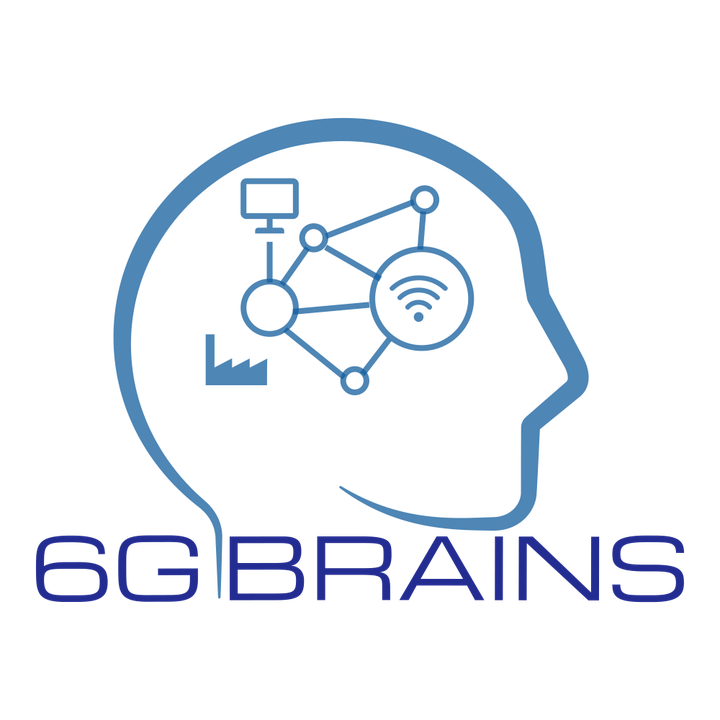6G BRAINS H2020 research project
 Photo by 6G BRAINS
Photo by 6G BRAINS
Principal investigator and consortium Scientific and Technical Project Manager(STPM)– 2021-2023, EU H2020 project on “Bring Reinforcement-learning Into Radio Light Network for Massive Connections”(6G BRAINS) . The value of the grant is €5.7m funded by EU Horizon 2020.
— Grant holder: Dr. Xun Zhang
— Funded by: European Commission H2020
— Dates: January 2021 - December 2023
— Research Group: ECoS-LISITE
— Coordinating partner: Eurescom(DE)
Collaborative partners; University of Leicester(UK), Viavi Solutions(UK), ISEP(FR), Brunel University(UK), Fraunhofer IIS(DE), University of the West of Scotland(UK), EURECOM(FR), Oledcomm SAS(FR), Thales(FR), BOSCH(DE), REL(IL), Altran(PT), Telekom Deutschland(DE) URL:https://5g-ppp.eu/6g-brains/
Abstract: Ubiquitous smart wireless connectivity is critical for future large-scale industrial tasks, services, assets and devices. Very significantly improved connectivity needs to be unlocked through novel spectrum combinations and the fully autonomous management of the underlying network resources by applying online AI at multiple decision layers. 6G BRAINS aims to bring AI-driven multi-agent Deep Reinforcement learning (DRL) to perform resource allocation over and beyond massive machine-type communications with new spectrum links including THz and optical wireless communications (OWC) to enhance the performance with regard to capacity, reliability and latency for future industrial networks. We propose a novel comprehensive cross-layer DRL driven resource allocation solution to support the massive connections over device-to-device (D2D) assisted highly dynamic cell-free network enabled by Sub-6 GHz/mmWave/THz/OWC and high resolution 3D Simultaneous Localization and Mapping (SLAM) of up to 1 mm accuracy. The enabling technologies in 6G BRAINS focus on four major aspects including disruptive new spectral links, highly dynamic D2D cell-free network modelling, intelligent end-to-end network architecture integrating the multi-agent DRL scheme and AI-enhanced high-resolution 3D SLAM data fusion. The proposed solution will be validated by proof-of-concept trials. The primary and secondary applications of THz and OWC technologies for a very broad spectrum of scenarios will be validated at BOSCH’s self-contained smart factory. The developed technologies will be widely applicable to various vertical sectors such as Industry 4.0, intelligent transportation, eHealth, etc. In particular, new business opportunities emerging in 6G BRAINS will be identified for follow-up exploitation activities. The results of 6G BRAINS are expected to create a solid basis for future projects and global standardisation for B5G and 6G technologies in areas relevant to industrial environments.